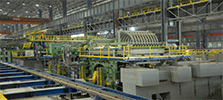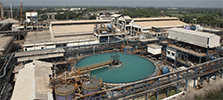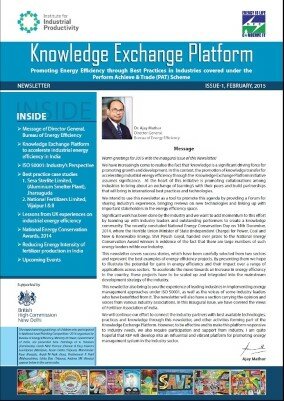INDUSTRIAL ENERGY EFFICIENCY SUPPORT IN MINNESOTA
-
Industrial energy efficiency presents critical but difficult gaps in Minnesota energy policy. Smaller customers in one utility’s service territory have access to highly-effective utility programs targeting process efficiency, while larger customers elsewhere in the state that present significant efficiency opportunity have opted out of utility program offerings entirely. The political landscape in the state prevents significant action to bring opted-out customers back into the utility program fold. New alternatives are needed. The Institute for Industrial Productivity has played a critical support role in analyzingthe impacts that opted-out customers have on the state, bringing best practice alternatives from other states, and providing expert insight into action areas moving forward.
-
– Will Nissen, Senior Policy Associate, Fresh Energy, Minnesota
The Midwest has one of the country’s most significant manufacturing bases. Industrial energy efficiency offers important opportunities to retain and grow the workforce in the region and help meet state and national clean energy and emission reduction goals.
In Minnesota, we are working with advocacy and industrial groups, policymakers and regulators to provide support at the critical implementation level and enhance the value and effectiveness of ratepayer efficiency programs, as well as to build support and demand for them by demonstrating their value to industry.
Minnesota currently has a legal provision that allows large energy users to opt out from paying demand-side management charges and participate in ratepayer energy efficiency programs. Minnesota advocates have requested analytical support to understand how this situation is affecting the quantity and cost of the energy efficiency resources that utilities need to acquire to meet their targets, as well as to identify program options and implementation strategies to engage these large industrial energy users. IIP is working on both these areas, and is identifying effective program designs and technical and policy approaches that have been successfully implemented in other states, and tailoring these approaches to the political and regulatory needs of Minnesota.
Through this work, we hope to make industrial energy efficiency program offerings more useful and acceptable to industrial users. Future activities include holding workshops with Minnesota industrials to better understand their needs for and potential opportunities in energy efficiency, participating in utility collaborations to integrate new offerings in the upcoming program cycle, and working with program administrators to effectively implement new initiatives.
Sorry, there are no results to be displayed.



